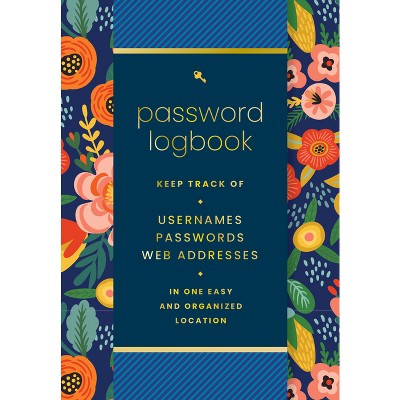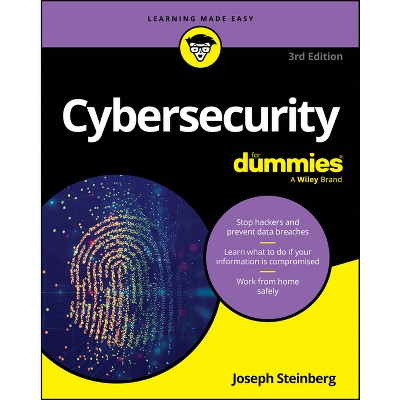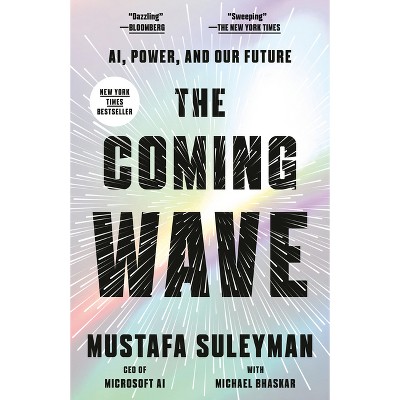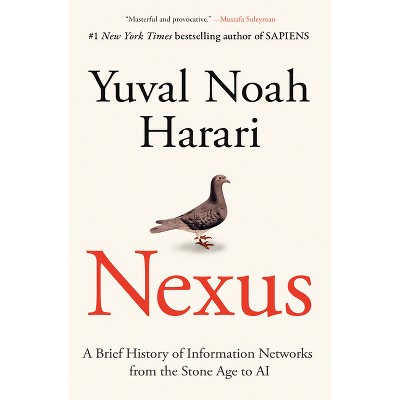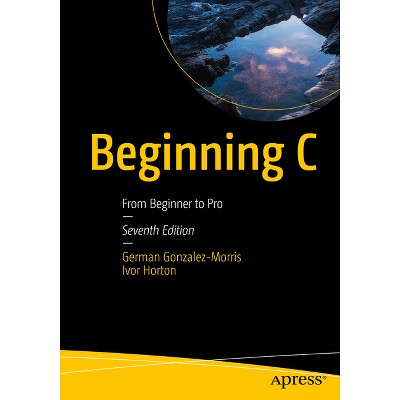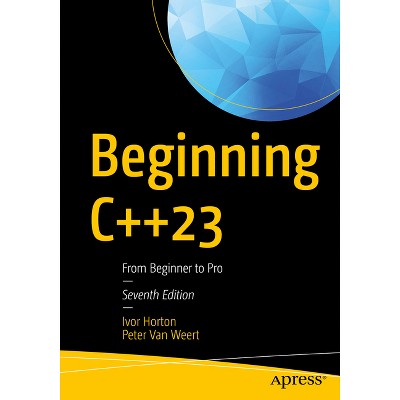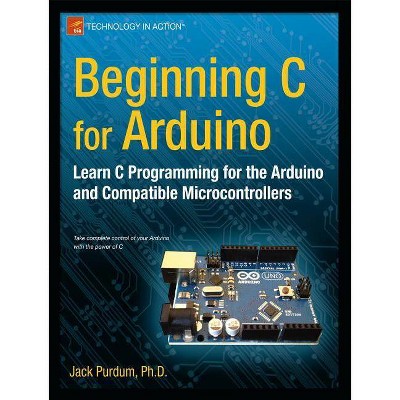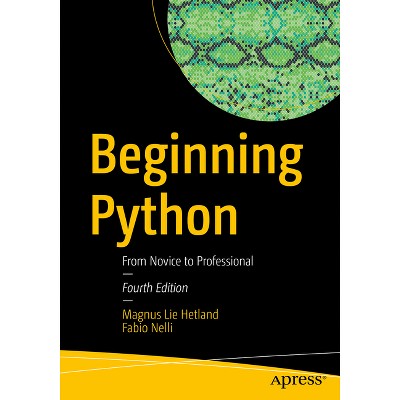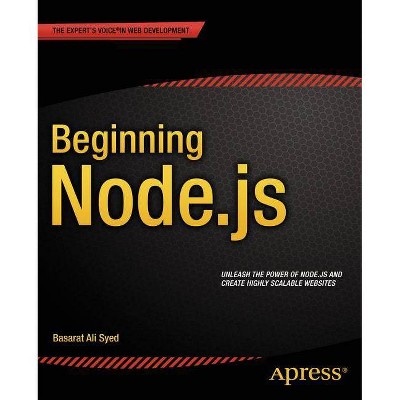About this item
Highlights
- C is the programming language of choice when speed and reliability are required.
- About the Author: Ivor Horton is self-employed in consultancy and writes programming tutorials.
- 614 Pages
- Computers + Internet, Programming Languages
Description
About the Book
This updated classic from author, lecturer and respected academic Ivor Horton is the essential guide for anyone interested in the C language. It is a highly recommended text for training courses, and assumes no prior working knowledge of C.
Book Synopsis
C is the programming language of choice when speed and reliability are required. It is used for many low-level tasks, such as device drivers and operating-system programming. For example, much of Windows and Linux are based on C programming. The new 4th edition of Beginning C builds on the strengths of its predecessors to offer an essential guide for anyone who wants to learn C or desires a 'brush-up' in this compact, fundamental language. Chapters include: First Steps in Programming; Making Decisions; Loops; Arrays; Applications with Strings and Text; Pointers; Structuring Your Programs, and more. This updated classic from author, lecturer and respected academic Ivor Horton is the essential guide for anyone looking to learn the C language from the ground up. It is a highly recommended text for training courses and continuing education students, and assumes no prior working knowledge of C.
Review Quotes
From the reviews of the fourth edition:
"This tutorial is intended for a wide range of readers, from nonprogrammers to those with programming experience who don't know the C language. The book's goal is to be a comprehensive text that will lead the prospective programmer from his or her starting point all the way to a career in programming. ... It also gives a good overview of the process of program creation, including a section on dealing with errors." (William Fahle, ACM Computing Reviews, Vol. 49 (4), April, 2008)
About the Author
Ivor Horton is self-employed in consultancy and writes programming tutorials. He worked for IBM for many years and holds a bachelor's degree, with honors, in mathematics. Horton's experience at IBM includes programming in most languages (like assembler and high-level languages on a variety of machines), real-time programming, and designing and implementing real-time closed loop industrial control systems. He has extensive experience teaching programming to engineers and scientists (Fortran, PL/1, APL, etc.). Horton is an expert in mechanical, process, and electronic CAD systems; mechanical CAM systems; and DNC/CNC systems.Shipping details
Return details
Trending Computers & Technology Books

